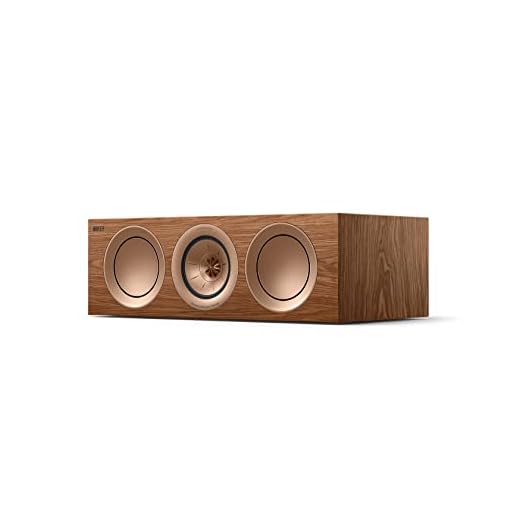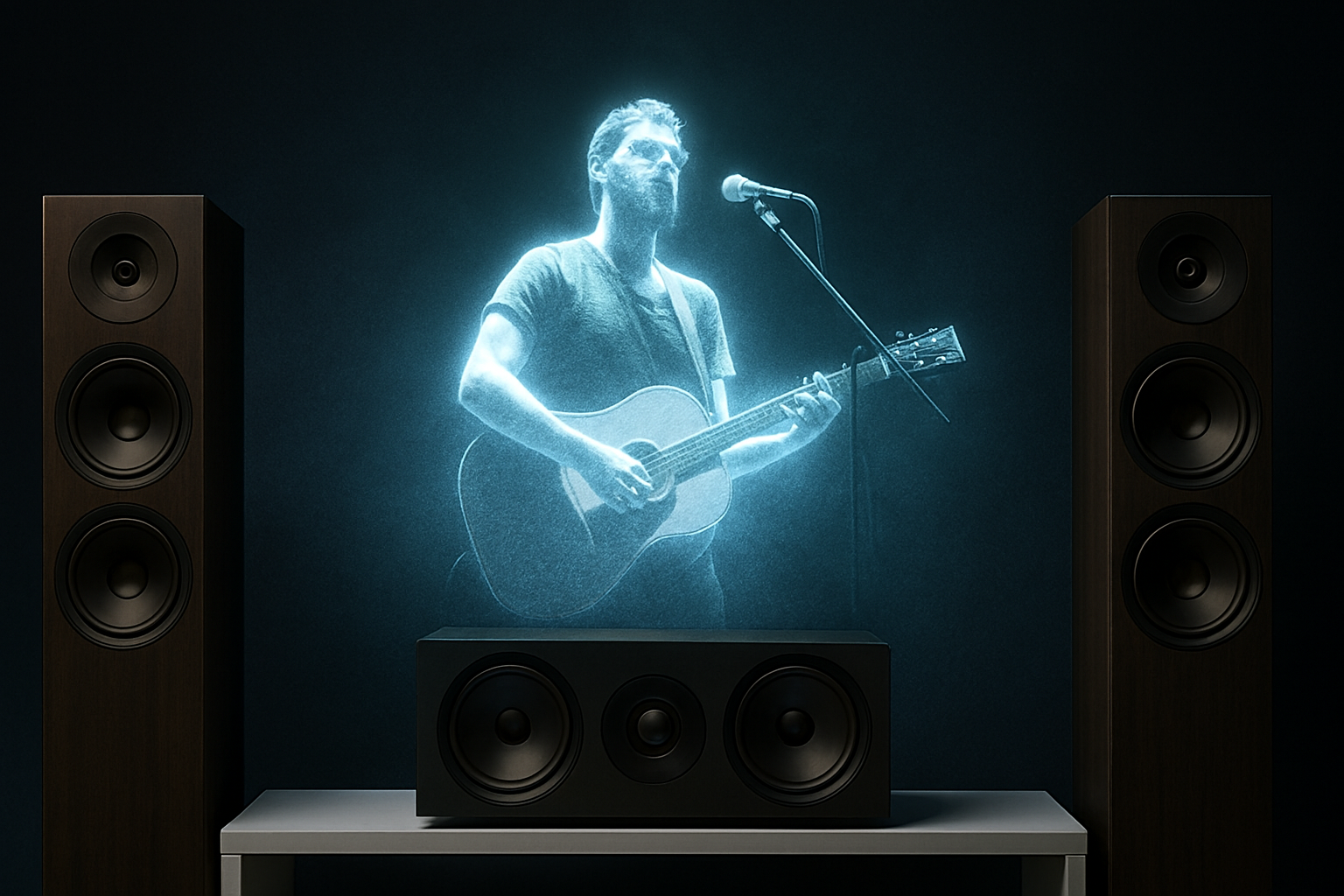In our last post, we celebrated the phantom center—that miraculous illusion where two speakers, through careful crossover design and phase alignment, conjure a vocal presence that seems to hover mid-air. It’s a marvel of psychoacoustics, a tribute to the art of stereo. But today, we turn our attention to a quieter companion in the soundstage: the oft-ignored center channel speaker.
🧭 The Center Channel: A Compass in the Sound Field
In multichannel setups, the center channel is tasked with a humble but profound role—anchoring. It holds dialogue in place, stabilizes vocals, and ensures that even off-axis listeners experience a coherent sonic image. While the phantom center relies on illusion, the center channel offers certainty. It’s not a trick of the ear—it’s a deliberate act of placement.
Yet in 2.1 systems, the center channel is rarely discussed. This is not about adding a subwoofer for bass extension. This is about capturing the shared midrange—the frequencies that both left and right speakers reproduce in phase, often where vocals, guitars, and pianos live. By introducing a center channel in this context, we’re not just reinforcing presence—we’re sculpting it.
🔀 Crossover: The Anatomy of Integration
To understand how the center channel blends into a 2.1 soundstage, we must revisit the crossover—the unsung hero of speaker design. A crossover is a network of filters that directs specific frequency bands to the appropriate drivers: lows to woofers, mids to midrange drivers, and highs to tweeters. But in a center channel, the crossover must do more than divide—it must unify.
When designed thoughtfully, the center channel’s crossover ensures that its output aligns phase-wise and tonally with the left and right speakers. This is especially critical in the midrange, where overlapping frequencies can either reinforce or muddy the image. A well-voiced center channel doesn’t just add volume—it adds coherence. It becomes the spine of the phantom.
⚙️ Amplifier Support: The Hidden Gatekeeper
Of course, none of this matters if your amplifier isn’t equipped to support a center channel. Most stereo amplifiers (2-channel) won’t have a dedicated output for a center speaker. You’ll need a multichannel amplifier or AV receiver that offers at least 3.1 support and allows for proper level calibration and crossover settings for the center channel. Without this, adding a center speaker risks imbalance or redundancy.
So yes, your instinct is correct: the amplifier must be designed to route and manage center channel output. It’s not just about plugging in another speaker—it’s about integrating it into the sonic architecture.
🎯 The Midrange: Where Emotion—and Lyrics—Live
The midrange is the heart of the mix. It’s where the human voice resides, where the timbre of a cello breathes, where the warmth of a Rhodes piano lingers. And it’s also where lyrics live—those poetic fragments that often get lost in the haze of stereo playback. Many listeners have long complained: “I just can’t catch the words.” It’s not just poor mixing—it’s a missing anchor.
In movies, this issue is magnified. Studies and user experiences suggest that stereo systems only deliver about 30% of spoken words with true precision, especially during intense scenes. That muffled dialogue isn’t your ears—it’s a lack of audio dimension. A center channel speaker, optimized for the 300Hz–3kHz vocal range, bridges this gap. It doesn’t just reproduce sound—it projects it from a fixed point, reducing cognitive load and letting the story unfold without strain.
In music, the same principle applies. A center channel in a 2.1 setup—used not for LFE (Low Frequency Effects), but for midrange coherence—can stabilize vocals, clarify lyrics, and preserve emotional nuance. It’s not about loudness—it’s about location. When the voice is locked to the center, the message becomes unmistakable.
This approach doesn’t replace the phantom center—it supports it. It’s a hybrid philosophy: let the stereo image breathe, but offer it a gravitational center. The result? A soundstage that feels both expansive and grounded. Illusion, now with intention.
🎛️ Anchors of Intention – Amplifiers and Speakers That Stabilize the Phantom
| Product | Description | Use Case |
|---|---|---|
| Fosi Audio MC351 | 2.1 channel amplifier with center channel support and dual TPA3255 chips | Ideal for midrange-focused stereo setups |
| Pyle PDA7BU | Bluetooth home theater amplifier with 5-channel output including center | Versatile for 2.1 or 5.1 systems |
| KEF R2 Meta | Reference series center channel with Uni-Q driver array | Precision imaging and vocal clarity |
| Klipsch R-52C | Dual 5.25″ woofers and horn-loaded tweeter | Dynamic center channel for dialogue and lyrics |




🛸 KEF Blade: When the Speaker Disappears
And then, there are designs that challenge the very need for a center channel—or even for speakers to be seen at all. The KEF Blade, with its side-firing woofers and Single Apparent Source architecture, is one such marvel. At an audio show, one listener remarked that the Blades seemed to disappear, leaving only the music behind. No box, no drivers—just presence.
This is the dream: a speaker that doesn’t just reproduce sound, but vanishes into it. The Blade doesn’t anchor the illusion—it becomes it. And in doing so, it reminds us that the center—whether phantom, physical, or philosophical—is not a point on a map. It’s a feeling. A moment of alignment between engineering and emotion.

